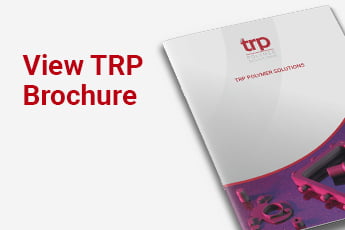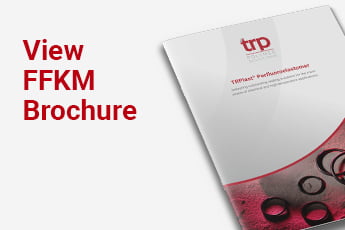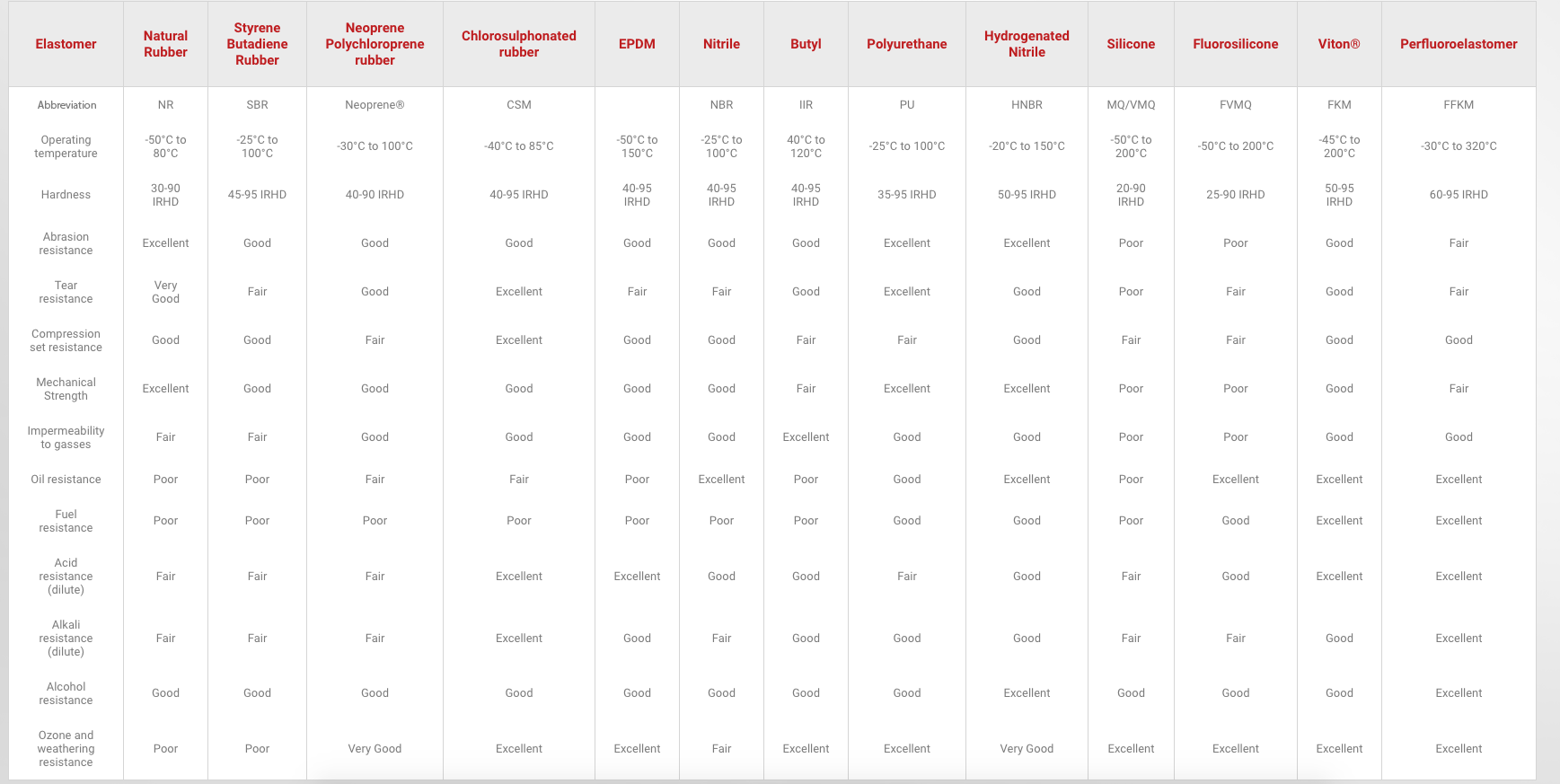A comparison of Nitrile vs EPDM ‘O’ rings
Synthetic rubber comes in a huge variety of different types, each offering their own distinct advantages and disadvantages. EPDM and nitrile are two such rubber compounds that are commonly used to make cost-effective, general-purpose ‘O’ rings. So which is better for your application? In this nitrile vs EPDM comparison, TRP Polymer Solutions explains the advantages and disadvantages of both materials to inform your selection process.
TRP Polymer Solutions is an industry-leading manufacturer of high-performance rubber sealing components. We develop a comprehensive selection of sealing products from every type of polymer material imaginable. This makes us uniquely qualified to discuss the merits of a whole range of different rubber materials.
For the purposes of this article, we will explore the advantages and disadvantages of EPDM vs nitrile. Each of these rubber compounds offers excellent properties for developing ‘O’ rings. Whilst both rubbers offer comparable durability, where they differ significantly is in terms of their resistance to certain media and environmental conditions.
Read on to find out more about the pros and cons of nitrile rubber vs EPDM.
Advantages of EPDM
EPDM rubber, or Ethylene Propylene Diene Monomer, is widely used to make ‘O’ rings and other seals for a variety of industrial applications, such as steam lines and truck brake systems. Capable of handling a fairly wide operational temperature range of -50 °C to +150 °C, EPDM seals offer excellent ozone and sunlight resistance. They also deliver good resistance to compression set, excellent tear, abrasion and steam resistance, as well as good resistance to acids.
Disadvantages of EPDM
The major disadvantage of EPDM ‘O’ rings is this rubber material’s relatively poor resistance to petroleum-based fuels, oils and non-polar solvents. This is EPDM’s Achilles heel in a straight comparison with nitrile.
Advantages of nitrile rubber
Nitrile rubber, also known as Buna-N or NBR, is made by combining the polymers butadiene and acrylonitrile. Versatile and reliable, nitrile offers good resistance to gasoline, diesel fuel, motor oil, acids and non-polar solvents. For this reason, it is widely used for general-purpose ‘O’ rings in automotive, marine and aerospace applications. Nitrile rubber can be formulated for a modest temperature range of between -25 °C and +100 °C. It also offers good abrasion and compression set resistance.
Disadvantages of nitrile rubber
Nitrile rubber’s major disadvantages are that it performs poorly when exposed to UV, general weathering and ozone. It also offers relatively poor steam resistance, especially compared to EPDM.
Conclusion
The choice between nitrile rubber vs EPDM is relatively straightforward. For a durable ‘O’ ring that performs well in ozone, sunlight, steam and a reasonably wide temperature range, EPDM is the obvious choice. However, where UV and ozone are not a factor but fuels are, nitrile offers a reliable and cost-effective option for a wide range of general-purpose applications.
TRP Polymer Solutions can supply ‘O’ rings in EPDM, nitrile and many other polymeric materials. For advice and guidance about our various ‘O’ ring materials, or to discuss your application requirements in more detail, call TRP Polymer Solutions today on +44(0)1432 268899 or email sales@trp.co.uk.






